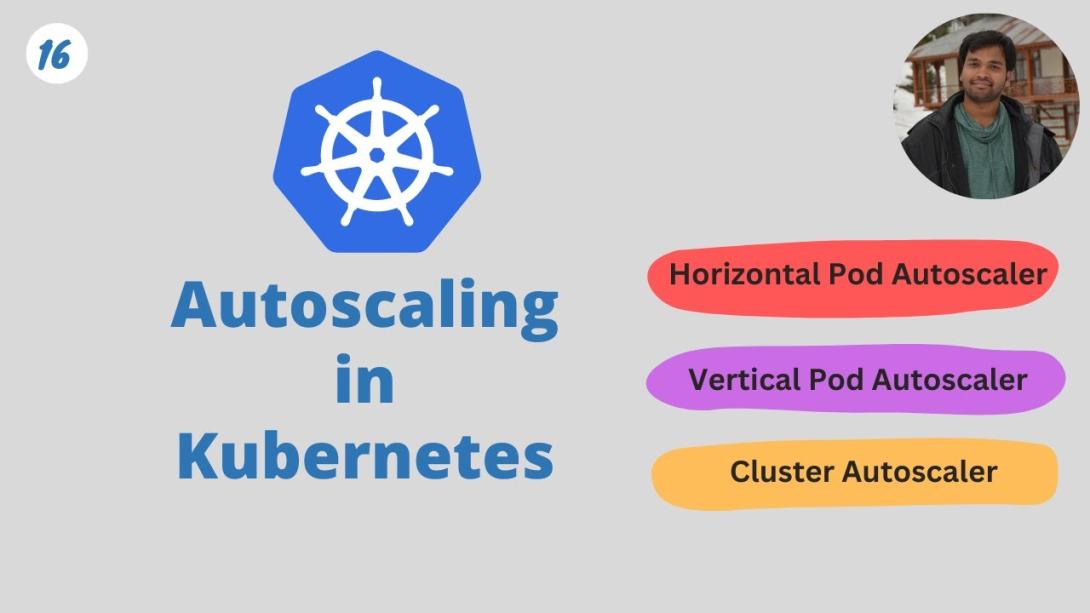
When deploying containerized applications at scale, performance, efficiency, and cost optimization become top priorities. Kubernetes autoscaling is a powerful feature that helps maintain application responsiveness while ensuring infrastructure resources are used efficiently. At Kapstan, we help teams build scalable, cloud-native systems, and Kubernetes autoscaling is one of the foundational tools in that journey.
This article dives deep into Kubernetes autoscaling, its types, how it works, and why it's essential for modern cloud infrastructure.
What Is Kubernetes Autoscaling?
Kubernetes autoscaling is the process of automatically adjusting the number of pods or nodes in a cluster based on observed metrics like CPU utilization, memory usage, or custom application-specific indicators. It ensures your application can handle varying levels of demand without manual intervention.
There are three main types of autoscaling in Kubernetes:
- Horizontal Pod Autoscaler (HPA)
- Vertical Pod Autoscaler (VPA)
- Cluster Autoscaler (CA)
Each serves a specific purpose and, when used effectively, can significantly enhance both performance and cost-efficiency.
1. Horizontal Pod Autoscaler (HPA)
The Horizontal Pod Autoscaler automatically adjusts the number of pod replicas in a deployment or replica set based on observed CPU utilization or other custom metrics.
How HPA Works:
- It checks metrics via the Kubernetes Metrics Server or a custom metrics API.
- Based on a target utilization (e.g., 60% CPU), it scales pods up or down.
- Useful for stateless workloads where adding more replicas improves performance.
Example Use Case:
An e-commerce application might experience traffic spikes during sales events. With HPA configured, additional pods are launched automatically to handle the load, and scale down once traffic drops.
At Kapstan, we often integrate HPA into microservices architectures to ensure each component can elastically respond to demand without overprovisioning.
2. Vertical Pod Autoscaler (VPA)
The Vertical Pod Autoscaler adjusts the resource requests (CPU and memory) of a pod based on usage patterns over time. Rather than adding more pods, it optimizes a single pod’s resource configuration.
How VPA Works:
- Analyzes historical resource usage.
- Recommends or applies changes to CPU and memory requests/limits.
- Restarts pods with new resource allocations.
Ideal For:
Batch jobs or single-instance applications where horizontal scaling isn’t feasible.
Kapstan recommends using VPA carefully in combination with HPA, as both can conflict if not configured correctly. We guide clients in setting up intelligent policies to balance vertical and horizontal scaling safely.
3. Cluster Autoscaler (CA)
While HPA and VPA deal with pods, the Cluster Autoscaler adds or removes nodes in your cluster based on the overall pod demand.
How CA Works:
- Monitors pending pods.
- If pods can’t be scheduled due to insufficient resources, it adds nodes.
- Conversely, underutilized nodes are removed to save costs.
Benefits:
This is especially powerful in cloud environments like AWS, GCP, or Azure, where infrastructure cost scales with usage. At Kapstan, we often pair Cluster Autoscaler with spot instance strategies to reduce cloud costs while maintaining resilience.
Best Practices for Implementing Autoscaling
- Set Reasonable Resource Requests and Limits
Autoscalers rely heavily on metrics derived from resource settings. Incorrect CPU/memory requests can lead to inefficient scaling. - Use Custom Metrics When Needed
Not all applications are CPU-bound. With Prometheus and the Kubernetes custom metrics API, HPA can react to request latency, queue depth, or any other business-specific metric. - Test Scaling Behavior Under Load
Simulate different traffic patterns and monitor how the autoscalers respond. Tools like K6 or Locust can help here. - Monitor Continuously
Scaling events should be logged and monitored. At Kapstan, we integrate autoscaling events into observability platforms like Grafana and Datadog for full transparency. - Avoid Frequent Scaling Fluctuations
Use stabilization windows and cooldown periods to prevent thrashing—rapid up/down scaling that adds instability.
Autoscaling With Kapstan: Smarter Scaling, Better Efficiency
Scaling is more than just automation—it’s about making the infrastructure smarter. At Kapstan, we help cloud-native teams adopt Kubernetes autoscaling as part of a broader performance and cost-optimization strategy. Whether you're operating a microservices-based application or managing a global SaaS product, autoscaling ensures that your Kubernetes infrastructure adapts in real time without burning excess cloud budget.
By combining observability, infrastructure-as-code, and intelligent autoscaling strategies, we enable teams to scale confidently.
Final Thoughts
Kubernetes autoscaling brings the promise of elasticity to cloud-native applications. With HPA, VPA, and Cluster Autoscaler, you can build a responsive, efficient, and cost-effective architecture. But like any tool, autoscaling needs proper configuration, monitoring, and domain knowledge to work well.
Kapstan specializes in designing, deploying, and optimizing Kubernetes environments tailored to your unique business needs. Let us help you scale smarter and faster.

